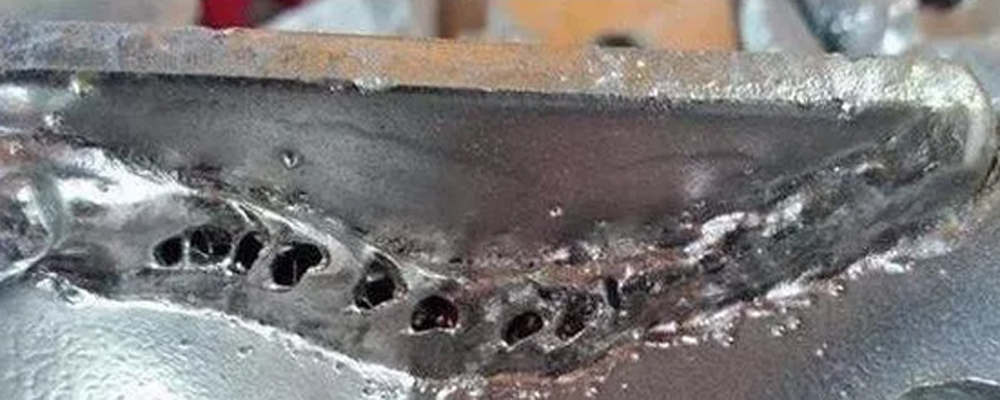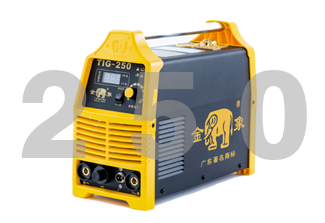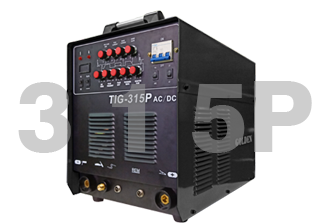What Is Slag Inclusion And Weld Slag
Phenomenon: Non-metallic inclusions such as oxides, nitrides, sulfides, phosphides, etc. are found in the weld by non-destructive testing, forming a variety of irregular shapes, and common slag inclusions such as cones and needles. Metal weld slag will reduce the plasticity and toughness of the metal structure, and will increase the stress, resulting in cold, hot brittleness and easy cracking, and the components will be destroyed.

Reason: The weld base material is not cleaned cleanly, the welding current is too small, so that the molten metal solidifies too fast, and the slag does not come out. The chemical composition of the welding base metal and the welding rod is not pure. For example, if there are various components such as oxygen, nitrogen, sulfur, phosphorus and silicon in the molten pool during welding, it is easy to form non-metallic slag inclusions. The welder is unskilled in operation and the method of transporting the strip is improper, so that the slag and the molten iron are mixed and separated, which hinders the slag from floating. The angle of the weld bevel is small, and the electrode strip of the electrode is not melted by the arc; when the multi-layer welding is performed, the slag is not cleaned cleanly, and the slag is not dialed out in time to cause the slag inclusion.
Control Measures: Use only welding rods with good welding process performance, the steel must be in accordance with the design documents. The welding process qualification is used to select reasonable welding process parameters. Pay attention to the cleaning of the welding groove and the edge range, the welding groove should not be too small; for the multi-layer welding, the welding slag of each layer of welding should be carefully removed. When using an acid electrode, the slag must be placed behind the molten pool; when using a basic electrode to weld the vertical seam, in addition to the correct selection of the welding current, short arc welding is required, and at the same time, the moving rod is correct, so that the welding rod is properly oscillated. So that the slag floats out of the surface. Pre-weld preheating, heating in the welding process, and post-weld insulation, slow cooling to reduce slag inclusion.
Related Products
Contact Us
Please feel free to let us know your demand information, we will contact you as soon as possible, looking forward to cooperate with you!








